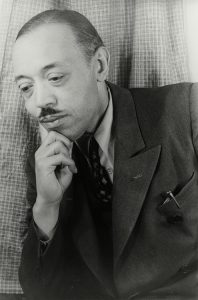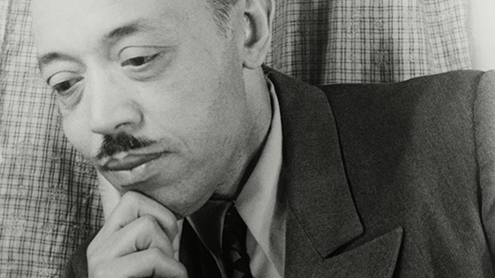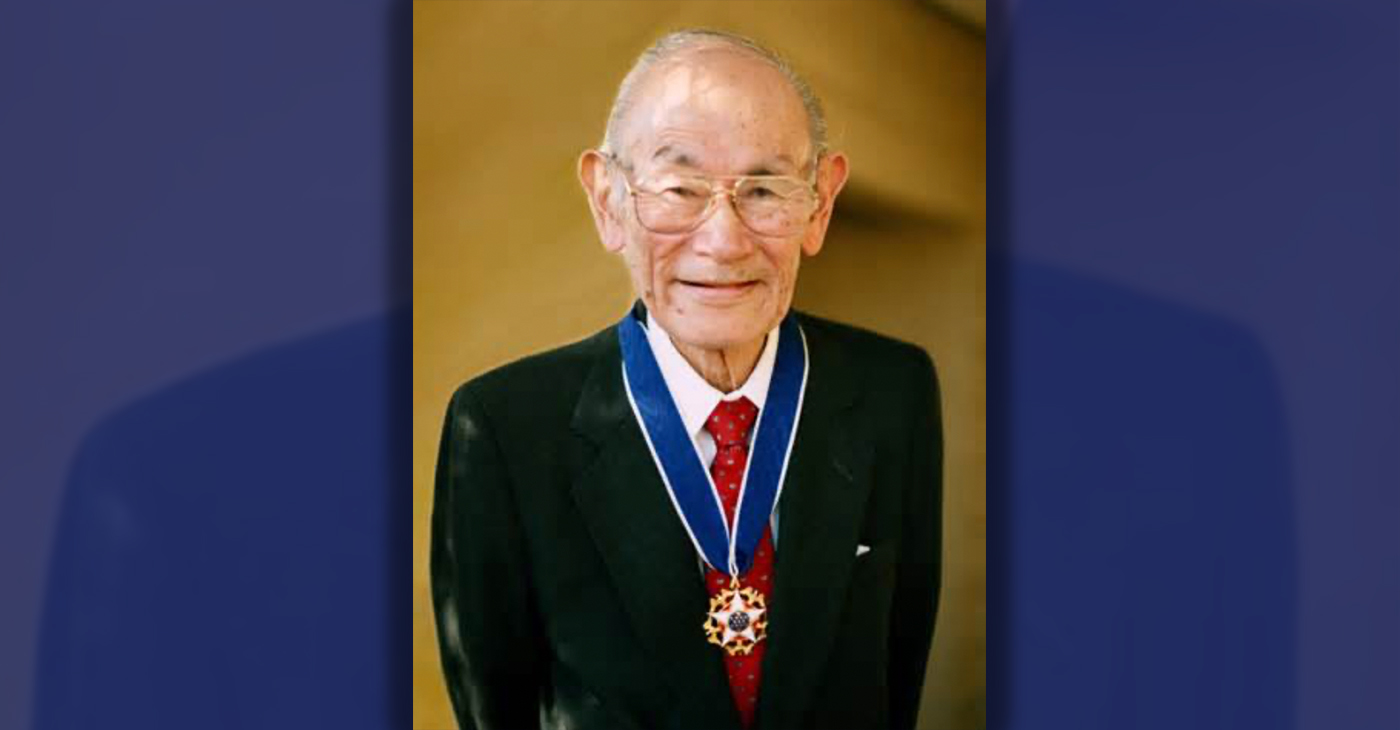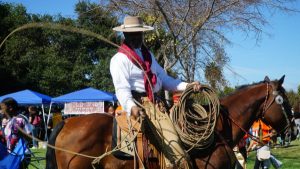What began as a violin lesson from a private teacher and later with endless hours of listening to Red Seal recordings led to William Grant Still (1895–1978) not only becoming the first African American to conduct a professional symphony orchestra in the U.S. but a prolific composer of operas, ballets, symphonies and other works.

Image Source: By Carl Van Vechten – This image is available from the United States Library of Congress’s Prints and Photographs division under the digital ID van.5a52662.
Raised in Little Rock, Ark., by his mother, a school teacher, and his grandmother, Still studied medicine at Wilberforce University. This decision was on the advice of his mother, whose concern was for “the societal limitations for Black composers.” But Still’s love for music was so deep that he changed his major as well as the university.
Still first studied composition at Oberlin Conservatory of Music, then the New England Conservatory of Music in Boston, and later studied under Edgard Varèse.
He would perform in orchestras, working in particular with the violin, cello and oboe. This diversity in exposure would lead him to work for the likes of W.C. Handy, Don Voorhees, Sophie Tucker, Paul Whiteman, Willard Robison and Artie Shaw.
Reflected in much of Still’s works were the daily challenges Blacks in U.S. society faced, notably in one of his orchestral works “Darker America” (1924).
In composing this piece, Still’s desire was to expose the serious side of Black music and “the triumph of a people over their sorrows through fervent prayer.”
Musically, this work “marks a middle path between the lighter symphonic jazz arrangements of contemporaries like Gershwin or Whiteman and the dissonant experiments of white modernist composers of the time,” according to critics.
Despite the fact that it gained him recognition and was a major step in finding his own musical perspective, Still later reflected on Darker America, viewing it as an “immature work.”
Another musical milestone for Still was the first symphony by a Black composer to be performed by a major orchestra: “Afro-American Symphony” (1930). This work blends jazz, blues and spirituals into a traditional classical form. While many were giving jazz respect and a place in the concert hall, blues was seen as low-class and vulgar music.
Combined in this piece are spirituals he heard his grandmother sing to him as a child; the Realist influence of mentor George Chadwick, who sought to portray the lives of down-to-earth, common people; and the pride and cultural activism of the Harlem Renaissance.
Still’s career and his musical experiences witnessed many ‘firsts.’ He was the first Black man to conduct a major American orchestra, the first to have a symphony performed by a major American orchestra, the first to have an opera performed by a major company as well as the first to have an opera performed on national television. His having been dubbed “Dean of African-American Classical Composers” was a title earned.
Still’s legacy remains remarkable both for the barriers he broke and the inventive works he wrote that blended European art music with African-rooted popular and folk music. He died of congestive heart failure in 1978.
Sources:
http://williamgrantstillmusic.com/BiographicalNotes.htm
https://www.loc.gov/item/ihas.200186213/
https://www.britannica.com/biography/William-Grant-Still

Tamara Shiloh
Tamara Shiloh has published the first two books in her historical fiction chapter book series,
Just Imagine…What If There Were No Black People in the World is about African American inventors, scientists and other notable Black people in history. The two books are
Jaxon’s Magical Adventure with Black Inventors and Scientists and
Jaxon and Kevin’s Black History Trip Downtown. Tamara Shiloh has also written a book a picture book for Scholastic,
Cameron Teaches Black History, that will be available in June, 2022.
Tamara Shiloh’s other writing experiences include: writing the Black History column for the Post Newspaper in the Bay area, Creator and Instruction of the black History Class for Educators a professional development class for teachers and her non-profit offers a free Black History literacy/STEM/Podcast class for kids 3d – 8th grade which also includes the Let’s Go Learn Reading and Essence and tutorial program. She is also the owner of the Multicultural Bookstore and Gifts, in Richmond, California,
Previously in her early life she was the /Editor-in-Chief of
Desert Diamonds Magazine, highlighting the accomplishments of minority women in Nevada; assisting with the creation, design and writing of a Los Angeles-based, herbal magazine entitled
Herbal Essence; editorial contribution to
Homes of Color; Editor-in-Chief of
Black Insight Magazine, the first digital, interactive magazine for African Americans; profile creations for sports figures on the now defunct PublicFigure.com; newsletters for various businesses and organizations; and her own Las Vegas community newsletter,
Tween Time News, a monthly publication highlighting music entertainment in the various venues of Las Vegas.
She is a member of:
- Society of Children’s Book Writers and Illustrators (SCBWI)
- Richmond Chamber of Commerce
- Point Richmond Business Association
- National Association of Professional Women (NAPW)
- Independent Book Publishers Association (IPBA)
- California Writers Club-Berkeley & Marin
- Richmond CA Kiwanis
- Richmond CA Rotary
- Bay Area Girls Club
Tamara Shiloh, a native of Northern California, has two adult children, one grandson and four great-grand sons. She resides in Point Richmond, CA with her husband, Ernest.
www.multiculturalbookstore.com

































































